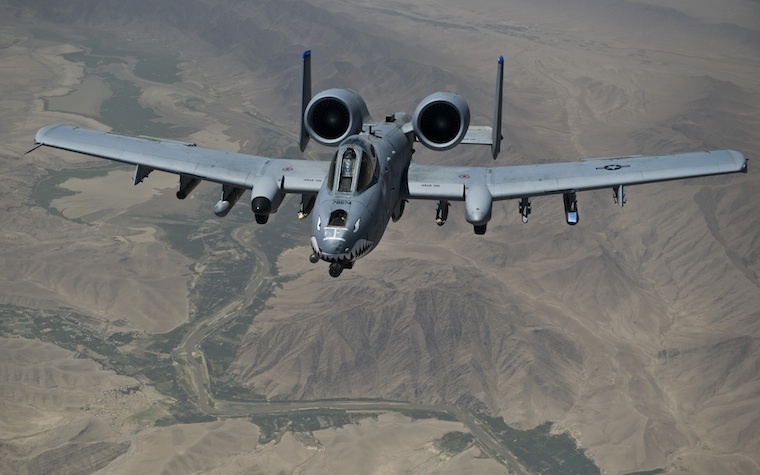The tests showed that a soldier on the ground can serve as a joint terminal attack controller (JTAC), coordinating with a pilot to successfully command an airstrike with as few as three clicks on a tablet.
The test marks the debut of DARPA’s new system on a U.S. Air Force platform. The tests involved 50 successful sorties near Nellis Air Force Base in Nevada.
The PCAS program aims to create more precise, faster and easier air-to-ground coordination for close air support -- delivery of airborne weapons to support ground forces. The system is designed to be used for close air support and other missions under stressful operational conditions and in complex environments.
To do that, DARPA has developed a system that enables the sharing of real-time situational awareness and weapons-systems data between ground and air forces. The system uses technologies that are compatible with almost any aircraft.
Among the system’s benefits is the capacity to use smaller munitions to hit smaller, multiple or moving targets while minimizing the risk of friendly fire and collateral damage.
“Close air support and similar operations rely on teamwork, and we have shown that flexible architecture and extensible technology tool sets are key to making groundbreaking improvements in air-ground coordination,” Dan Patt, DARPA program manager, said. “These and other test results suggest PCAS-like approaches have the potential to provide an unprecedented synchronized understanding of the active battlefield.”


 Alerts Sign-up
Alerts Sign-up